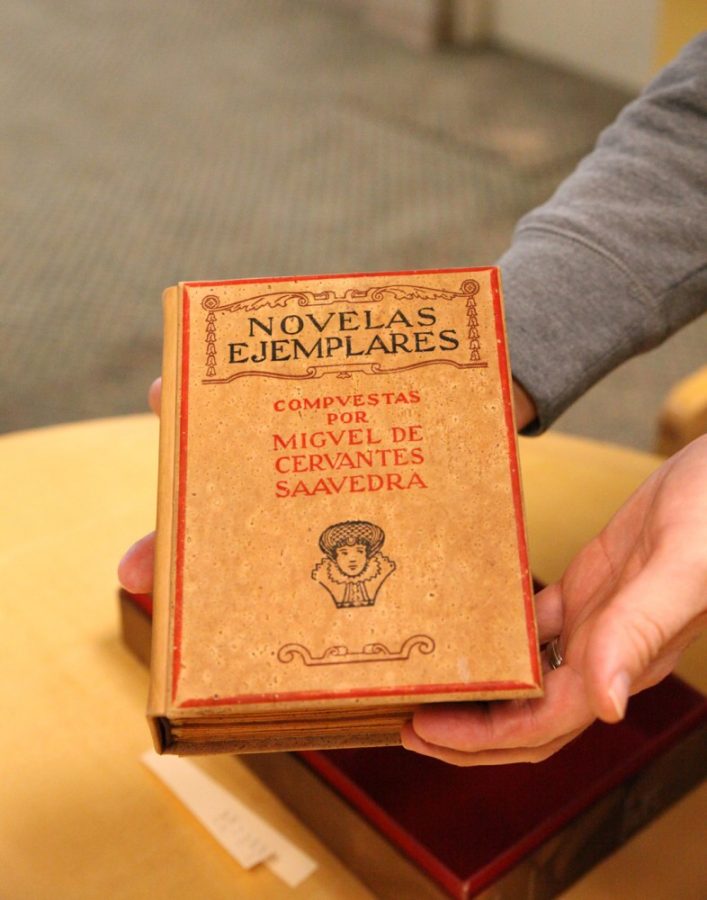Unlike digital media, physical media has a tendency to deteriorate over time due to the nature of paper, so archivists such as Wendel Cox, an assistant librarian of Special Collections at University Libraries, are working to preserve the pages of the past.
“The mass-produced paper from the last quarter of the 19th century into the ’60s and ’70s is a challenge [to preserve],” Cox said.
Paper made hundreds of years ago holds up better than paper made in the last 200 years, Cox said. Paper was made out of natural fiber such as cotton, linen or papyrus reed — anything that can be made into a fibrous pulp.
Cox’s own mother used to make paper out of her kids’ old T-shirts.
Paper makers would collect linen fabric scraps and pound it so the fibers would break, creating a pulp, according to Brendan Tobin, a UA alumnus who studied material science and engineering and is now earning another master’s at Stanford University. They then pressed the pulp and the longer fibers would hold the page together.
However, once more people became literate, wood pulp replaced cotton and linen, which were too expensive to produce on a mass scale, Tobin said.
“Now, plain paper, the kind people see when they visit a used bookstore, … is yellowed and has that kind of smell [to it] because the paper is literally eating itself,” Cox said. “The biggest enemy of paper is the acidity of the paper itself.”
Paper makers had to bleach the pages of wood pulp in order to make the page white, and the fibers of wood pulp are shorter, so they had to chemically treat it to hold the page together. The acidity from this process breaks the pages down over time, Tobin said.
While the main antagonist to preservation is the acidity, there are other enemies of paper as well, such as cycling, the fluctuation of temperature or humidity and bookworms.
“Bookworms are real,” Cox joked.
That’s why the preservation of information, especially through digitization, means a lot to Cox. After a preserved newspaper is cleaned up, it’s captured on microfilm or digitized. After this, newspapers can be discarded. Cox said he acknowledges that this horrifies some people, but what he’s most concerned about is the access to information.
There are multiple ways of preserving the past, and different libraries have different goals when it comes to preservation and archiving. If the goal is simply preservation, then papers will have to be stored away, but if the goal is access to information, then digitizing the information allows access without the risk of damage that is inherent to paper.
_______________
Follow Mikayla Mace on Twitter.









